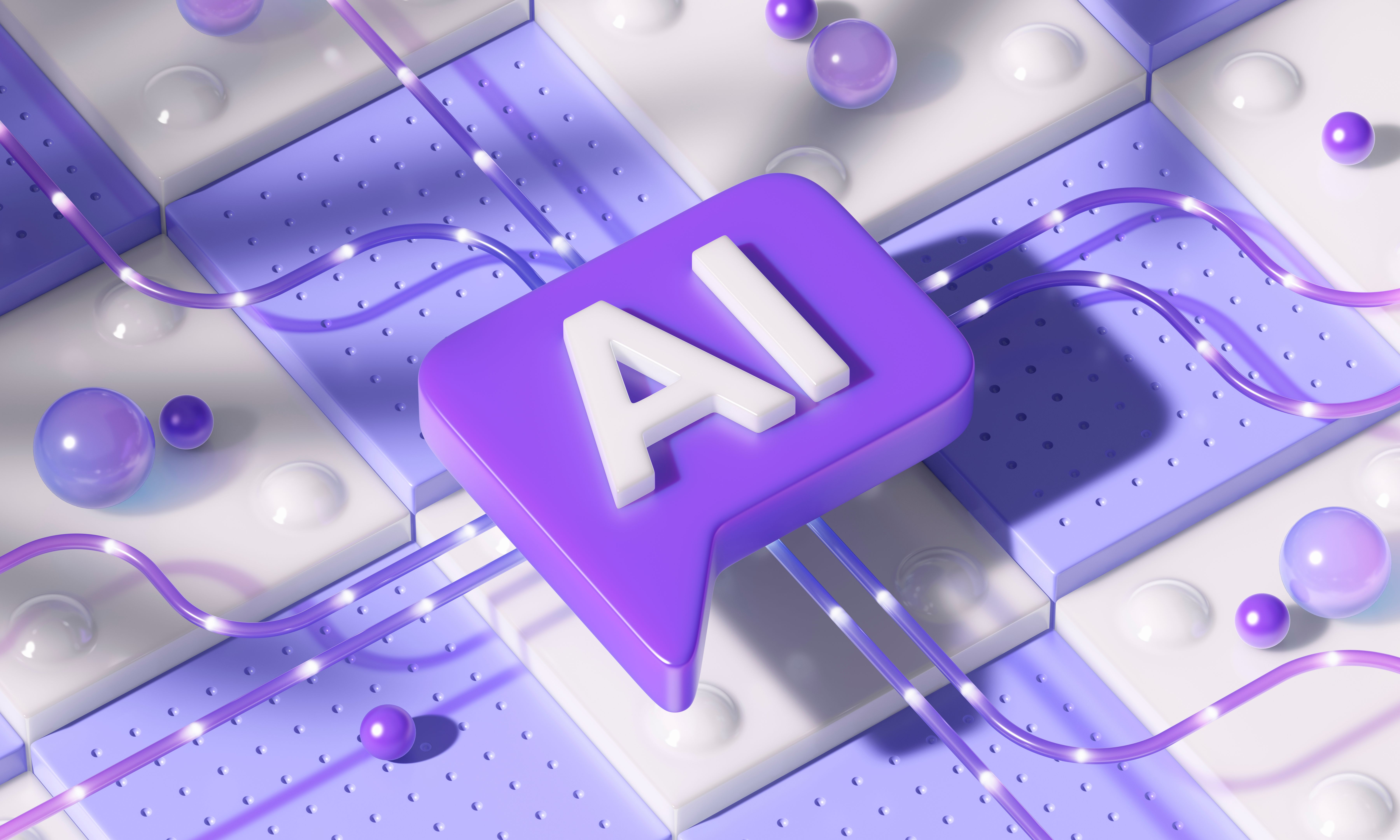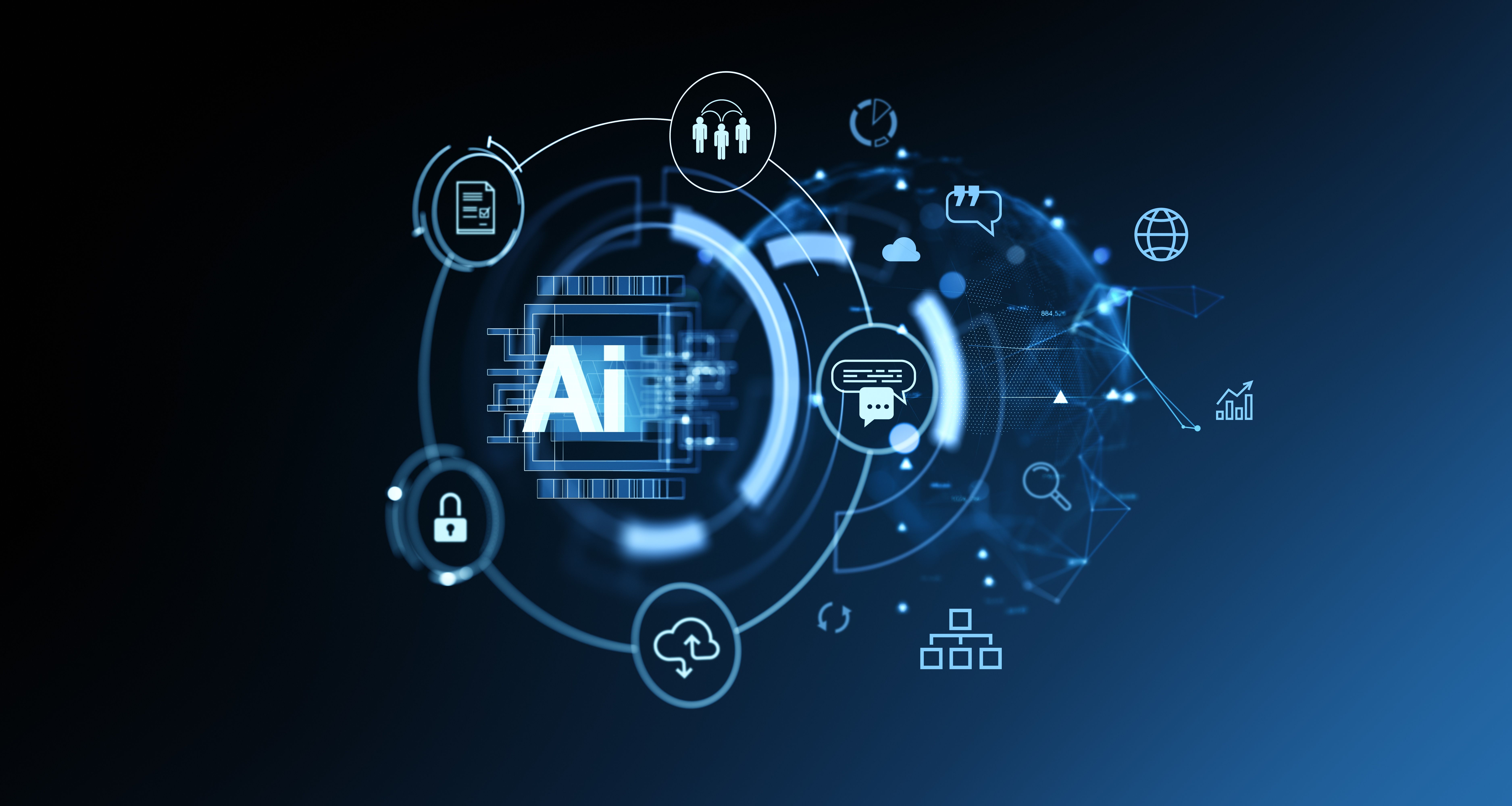Understanding the AI Tools That Enhance Your Work
JM
Introduction to AI Tools
Artificial Intelligence (AI) has become an integral part of modern workplaces, transforming how we approach and complete our tasks. By automating repetitive tasks and offering predictive insights, AI tools help enhance productivity and efficiency across various industries. Understanding how to leverage these tools is essential for staying competitive in today's fast-paced world.

Types of AI Tools
Automated Data Analysis
One of the most significant advantages of AI is its ability to analyze vast amounts of data quickly and accurately. Tools like natural language processing and machine learning algorithms can sift through data sets to identify trends and patterns that might be invisible to the human eye. This capability allows businesses to make informed decisions based on solid evidence rather than intuition alone.
AI in Communication
AI-powered communication tools are revolutionizing the way we interact with colleagues and clients. From chatbots that handle customer queries to virtual assistants that schedule meetings, AI is enhancing communication efficiency. These tools can respond instantly, ensuring that communication remains seamless and effective.

Enhancing Creativity with AI
Content Creation
AI is also making strides in the creative sector, assisting with content generation. Tools designed for writing and design can help create high-quality content quickly. By providing suggestions and automating parts of the creative process, these tools allow creators to focus on developing innovative ideas and strategies.
Design and Innovation
In the design realm, AI tools can generate design prototypes, suggest color palettes, and even create entire layouts based on user preferences. These tools are particularly useful for brainstorming sessions and for professionals who need inspiration or time-saving solutions.

The Future of Work with AI
Improving Productivity
Integrating AI into daily workflows promises a major productivity boost. Routine tasks like scheduling, data entry, or first-draft generation can be delegated to AI, while employees focus on strategic and creative aspects of their roles.
For example, Zapier with AI actions (https://zapier.com/ai) connects thousands of apps and automates workflows with natural language commands. Instead of spending hours manually moving information between platforms, teams can design workflows that handle repetitive processes automatically.
In software engineering, GitHub Copilot (https://github.com/features/copilot) provides real-time coding suggestions, accelerating development cycles while reducing repetitive boilerplate work.
The net result is not only greater productivity but also improved job satisfaction as employees engage in work that feels more meaningful.
Challenges and Considerations
Despite its advantages, the adoption of AI tools comes with challenges. Data privacy and security remain top concerns. Tools that analyze sensitive company or customer data must comply with strict standards such as GDPR or HIPAA. Businesses should carefully review how providers handle encryption and storage.
Another challenge is job displacement. Automation may replace some roles, but it also creates new opportunities that require retraining. For instance, a marketing assistant who once focused on drafting social posts may shift toward AI prompt engineering, campaign strategy, or analytics interpretation.
Organizations can mitigate risks by investing in employee upskilling and by establishing clear ethical guidelines for AI use. Resources like OECD’s AI Principles (https://oecd.ai/en/ai-principles) and Partnership on AI (https://partnershiponai.org/) offer frameworks for responsible adoption.

Conclusion
Embracing AI tools is no longer optional. For forward-thinking businesses, it is essential to remain competitive. By understanding the range of AI applications, from automated data analysis to creative design, companies can harness their potential to drive growth and innovation.
The future of work will likely be defined by a collaboration between humans and machines. Employees who learn to partner with AI rather than resist it will unlock entirely new possibilities for efficiency and creativity. The most successful companies will be those that integrate AI responsibly, transparently, and with a focus on empowering people.
